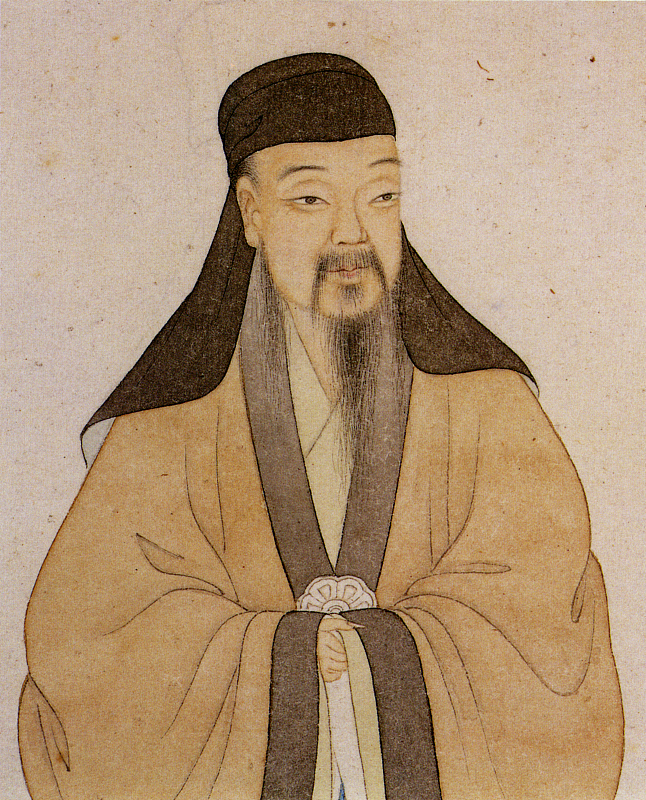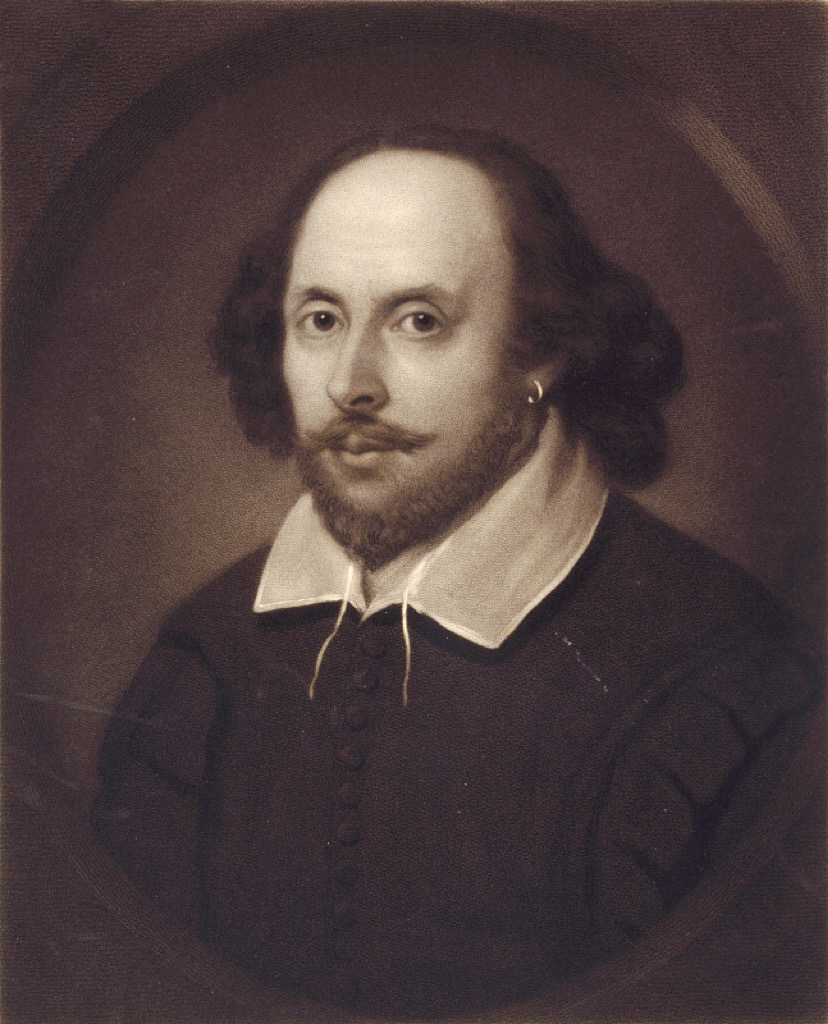"The Peony Pavilion" is a masterpiece created by Chinese playwright Tang Xianzu from the Ming Dynasty (1368-1644.) The story is about love, dreams and death. A replica of this iconic pavilion was later built in Stratford-upon-Avon, hometown of the British playwright William Shakespeare.

Tang Xianzu was a Chinese playwright who lived during the Ming Dynasty. /CFP
Tang Xianzu was a Chinese playwright who lived during the Ming Dynasty. /CFP
The pavilion was designed based on pictures recorded in ancient Chinese texts, which showed its stone foundation and wooden structure. It is 6 meters high with an area of 10 square meters. Around the same time, a replica of Shakespeare's family home was built in Tang's hometown in Fuzhou City, of Jiangxi Province.
Tang Xianzu (1550-1616) is known as the "Shakespeare of the East." He was a prolific writer but his most famous work is the "Four Dreams of Linchuan," which includes "The Peony Pavilion." This classic tale is still widely performed today, serving as a highlight of classical Chinese opera.
The works of Shakespeare (1564-1616), England's national poet and playwright, have been translated into various languages and published all over the world. Born and raised in Stratford-upon-Avon, he established a reputation as both an actor and a writer.

A portrait of British playwright William Shakespeare. /CFP
A portrait of British playwright William Shakespeare. /CFP
Exhibitions, performances and cultural events have been held for many years comparing the works of these two literary giants and exploring the similarities and differences between Eastern and Western literature.
Tang and Shakespeare shared their valuable ideas and creativity through their works, many of which have been adapted in various art forms and are still performed all over the world.
Both men of letters passed away in 1616, yet they have had a lasting impact on literature and the stage to this day.